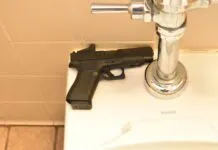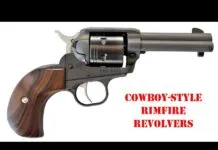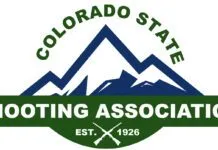Beasts usually like to keep as much woodlot, coulee, or cornfield between us and them as possible, and that may mean shooting our rifle farther than the sighted-in distance. Essentially we use old-fashioned Kentucky elevation and take our best guess at crosshair hold over. Combine a good sense of distance with shooting experience, and you could fill out your tag. If not, youll kick up dirt below two sets of hooves, whiz a round high, or, sadly, wound an animal.
Riflescopes with ballistic reticles purportedly take the guesswork out of long-distance shooting by combining a typical crosshair with additional aiming points at set distances. The reticles are calibrated to popular hunting cartridges with muzzle velocities in the range of 2800 to 3000 fps or more. The usual suspects fall into that range-243, 6mm, 25-06, 270, 308, 30-06, 7mm Rem. Mag., 300 Win. Mag., including a slew of others. Since the aiming points are not calibrated to a specific load they, offer general approximations, which means you will need to shoot your rifle to understand how the reticle will work with your specific rifle and cartridge combination. The reticles are chockfull of aiming points and seem cluttered compared to a typical hunting scope, but they are quite easy to master. You may want to make a cheat sheet on an index card or a piece of masking tape and fix it to your stock so you can remember what aiming points are for what distances. Finally, you will still need to know the distance to the target, and some scopes have this covered with built-in range estimators, as you will see.
To read more on reticles including our recommendations, purchase the ebook, Bolt-Action Rifles & Gear, Part 2 from Gun Tests.


























